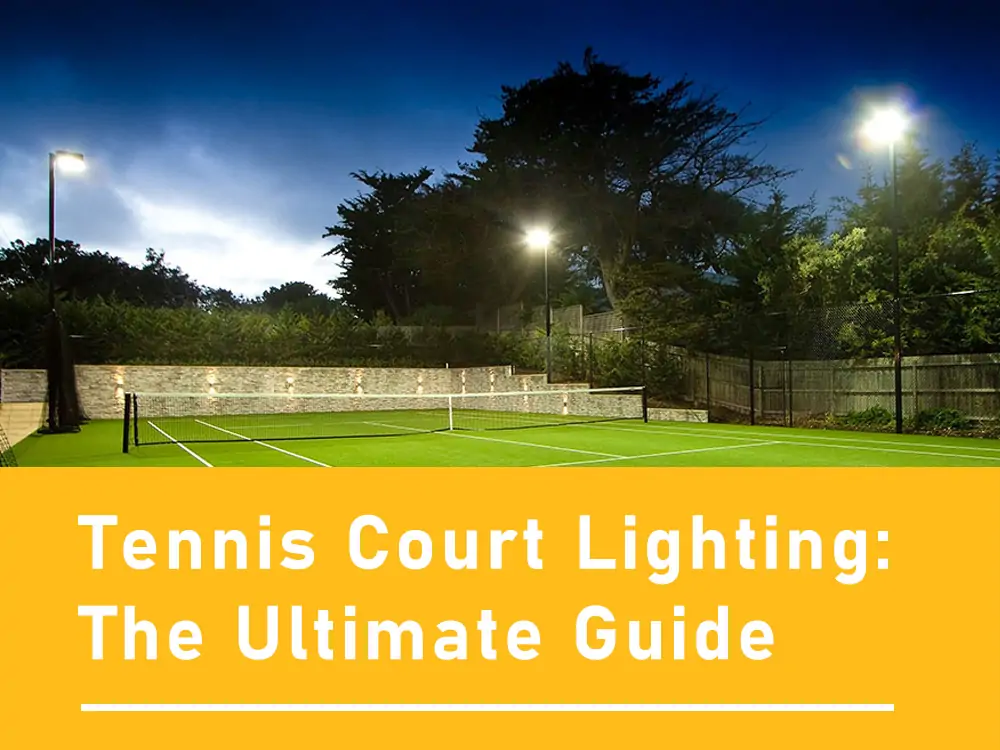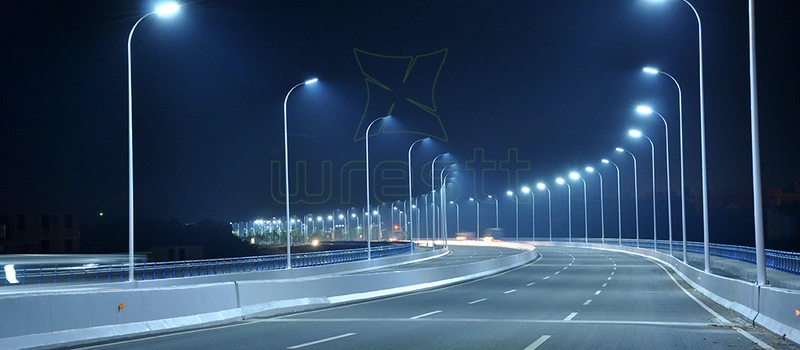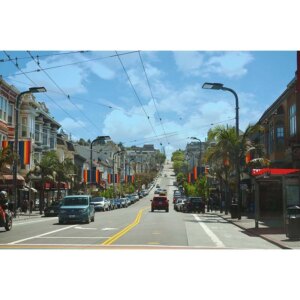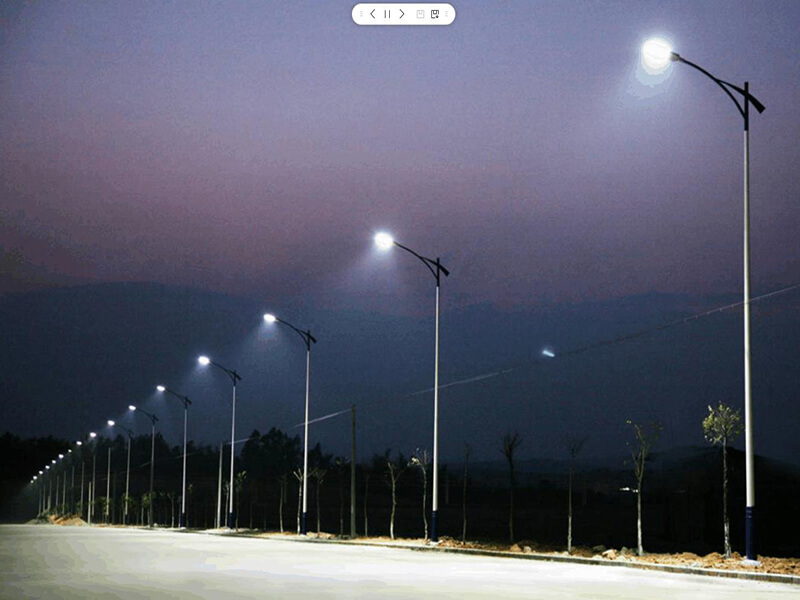With sports as one of the essential activities in our lives, led stadium lights are especially crucial. If you are the owner of a sports club, choosing the right sports light for your stadium is important. These stadium lights led are designed to increase visibility by giving off light that is similar to natural sunlight.
Led stadium light fixtures can have a tremendous impact on athletes. Led stadium lights are designed differently for indoor and outdoor stadium applications. A good lighting environment will set up anti-glare and scientific lighting design to ensure no harsh light anywhere during the sport. Our goal in choosing stadium lights led is to improve the stadium’s quality and ensure that maintenance costs are always within budget.
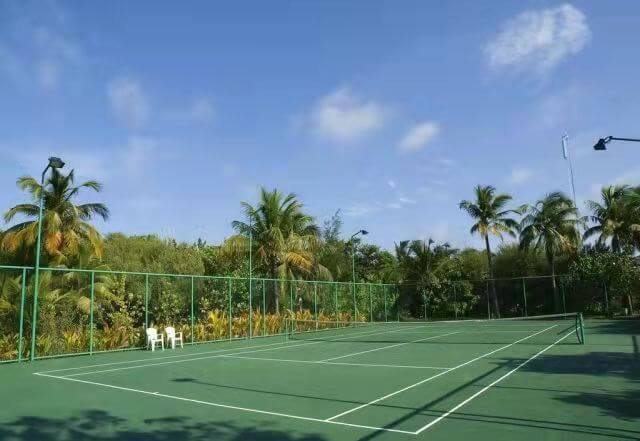
Sport lights – Led stadium lights use range
- Soccer lights
- Baseball lights
- Basketball lights
- Tennis court lights
- Badminton court
- Baseball field
- Table tennis court
- Volleyball court
- Indoor and outdoor horse-riding courses, etc.
Types of sport light
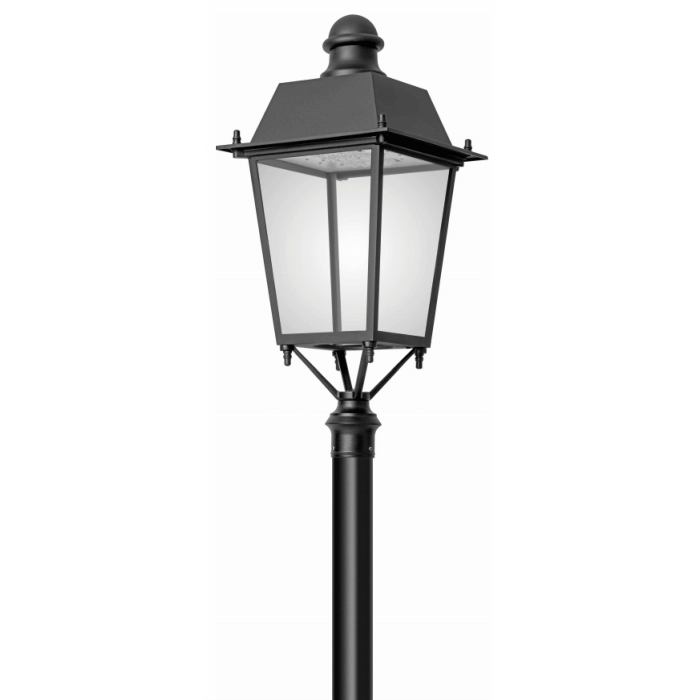
Metal Halide Lamps
Metal halide lamps emit light through the passage of an electric current through a mixture of mercury and metal-halide gas. The introduction of metal halide vapor usually increases the efficiency and quality of the light.
Advantages
The most significant advantage of metal halide lamps is their ability to output high-quality light. Metal halide lamps are 3-5 times more efficient than incandescent bulbs and produce a higher quality of light. In many cases, metal halide can achieve very high color temperatures (up to 5500K). So can use metal halide bulbs for high-intensity applications such as warehouses and large sports field lighting.
Disadvantages
- Metal halide lamps have a long warm-up time: This means that we can’t just turn the lamps on and off. This is because the warm-up process can cost more electricity. Many metal halide lamps used in warehouses and sports facilities take 15-20 minutes to reach their normal operating temperature.
- High maintenance costs: Metal halide lamps become less efficient when operating below full power. The average lamp life is approximately 6,000 to 15,000 hours. You may initially spend about the same amount on LEDs and metal halides, depending on the particular bulb. The problem is that over time, you will have to buy a lot of metal halide (2-5) to equal the life of a single LED. Overall, this means very high maintenance costs over time.
- Wasted light energy: Metal halide lamps are omnidirectional, and omnidirectional lamps produce 360 degrees of light. A large portion of the light for the entire stadium is wasted, resulting in an inefficient system.
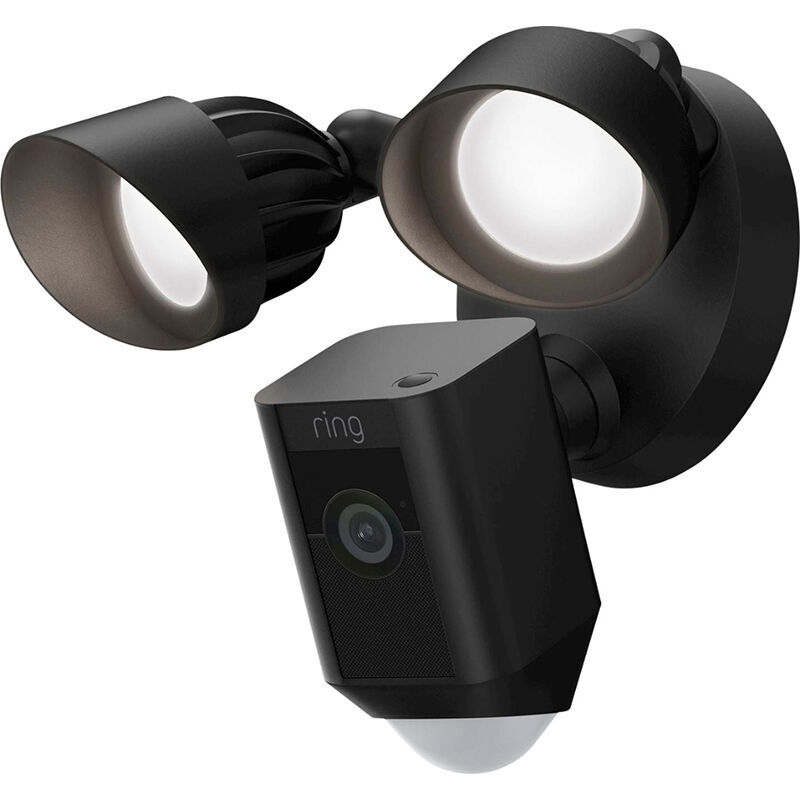
High Pressure Sodium Lamps and Low Pressure Sodium Lamps
The operating pressure within the lamp is what makes the difference between HPS (high pressure sodium vapor) and LPS (low pressure sodium vapor) lamps. Both low and high pressure sodium lamps require ignition, which is relatively easy to start with a small lamp, but may require a large voltage with a larger lamp. However, both forms of lamps will decrease in brightness over time. This means that we will need to replace the lamps after a while.
Advantages
Sodium lamps require less power to achieve the same lighting effect. Although they also require a longer warm-up time when first used, they light up quickly when turned on again within a few minutes of power failure.
HPS and LPS lamps are more efficient than incandescent bulbs. They last longer than most fluorescent bulbs and high-intensity discharge lamps. They have been outclassed in terms of longevity and energy efficiency only recently, thanks to the availability of LED lighting.
Disadvantages
Sodium vapor lamps have the worst color rendering on the market. LPS lamps are monochromatic, meaning objects illuminated by them look dull black, not the color you see during the day.
High-pressure sodium lamps contain small amounts of toxic mercury: The mercury in the bulb is a hazardous substance that causes waste disposal problems at the end of the lamp’s life. Broken bulbs can release small amounts of mercury gas. The rest is in the glass.
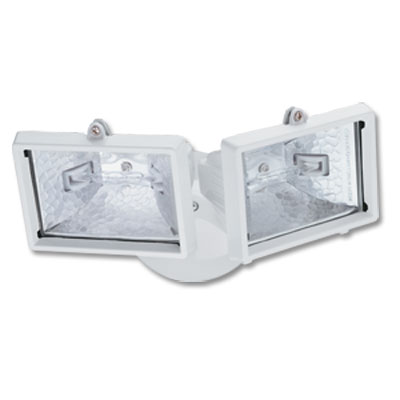
High Intensity Discharge (HID) Lamps
HID lamps can be described as a generic term for the above two types of lamps. HID technology has been around for centuries and is typically used when high intensity, high efficiency, or ample area lighting is required. The new HID lamps produce more visible light per unit of energy than incandescent and fluorescent lamps.
Advantages
HIDs produce more efficient and high-quality lighting.
Disadvantages
- There is energy waste: A portion of the energy emitted by HID lamps (about 30%) is infrared light, and this portion of the lighting is wasted. It is worth noting that both incandescent and fluorescent bulbs are worse than HIDs regarding the percentage of infrared and visible light emitted.
- HID lumen output can drop significantly: Some HID lamps produce 70% less visible light after only 10,000 hours.
- HID lighting emits UV radiation: Because of this drawback, HID lamps require UV filters to prevent fading of dyed objects exposed to the light, degradation of lamp components, or severe harm to humans and animals (sunburn or arc eye).
- Short life span and high maintenance costs: HID lamps have a warm-up period. The metal salt within the device is melted and evaporated once the arc has been ignited. The light will not reach full power until the salt completely evaporates into plasma. As the lamp ages and the voltage is gradually increased, the HID lamp will become discolored or “faded.” Therefore, lights need to be replaced regularly, which usually increases the cost to the end-user.
- HID lamps contain toxic substances inside: This is especially true for mercury vapor lamps that have large amounts (up to 50 mg) of poisonous mercury vapor inside. Because of contaminants such as mercury, HID lamps require special waste disposal procedures when they are damaged or at the end of their useful life.
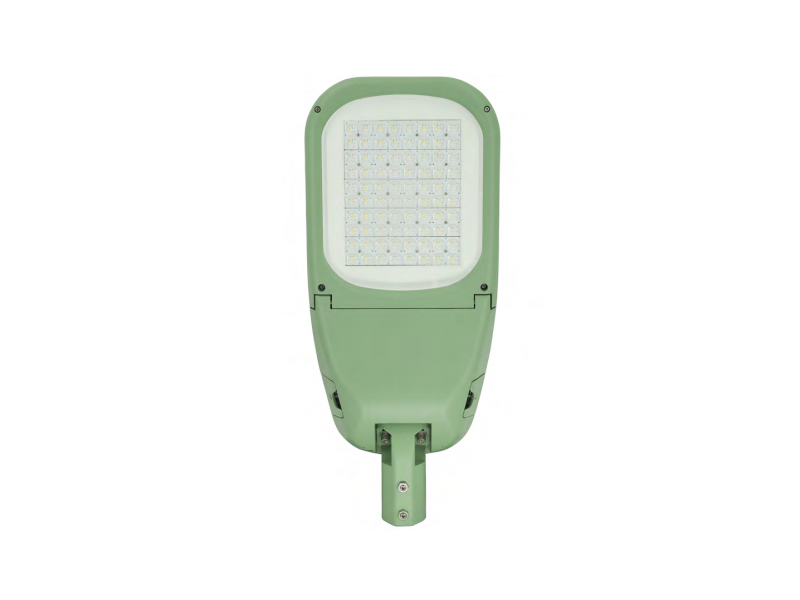
Led stadium lights
LED stadium lights offer significant advantages over metal halide and HPS lamps. LEDs have an extremely long life span, with typically led stadium lights lasting 50,000 to 100,000 hours. In comparison, fluorescent bulbs have a typical lifetime of 10-25% (approximately 10,000 hours).
Compared to all other commercial lighting technologies, led stadium lights are extremely energy efficient. Stadium lighting LED can be directed to emit light 180 degrees greater than led stadium lighting less than 360 degrees.
Advantages
- Accessories: Stadium light led requires far fewer accessory light components.
- Color: The color of a stadium light led can be customized to produce all visible colors without the need for traditional color filters.
- Orientation: led stadium lights are naturally oriented (by default, they emit 180 degrees of light)
- Size: led stadium light fixtures can be much smaller than other lights
- Preheating: led stadium light fixture is much faster to switch on and off (no warm-up or cool-down period)
Disadvantages
Led sports field lighting is more expensive. The upfront cost of led sports lighting is typically higher than most alternatives. This is the biggest disadvantage of led sports lighting that needs to be considered.
Reasons for choosing led stadium lights for sports stadiums
Because it’s an efficient lighting solution, LED sport lights are ideal for stadium applications. Led stadium lights produce safe, high-quality light that ensures great fan experiences. These led stadium lights produce light that is similar to natural sunlight. This makes it safe and clear for players.
Led stadium lights can last for a long time, and they are energy efficient. LED stadium lights can be used to replace metal halide or high-pressure sodium lamps. You need to be aware of wattage for conference lighting. For LED sport lights, however, you must pay attention lumens. You can see the led stadium lights that were used to replace old lamps.
High safety
A led stadium light fixture is safer. Because they don’t contain mercury, and do not emit harmful UV rays to the skin or the environment, led stadium lights are more environmentally friendly. This lighting solution reduces pollution and does not contain any harmful substances.
Longer life span
Led sports lighting is rugged and durable. It lasts 6 times longer than traditional lighting. Led sport lights can last up to 100,000 hours. That’s 5-12 times the life span of other lamps.
Brightness level
Led sport lights provide uniform light, ideal for improving the visibility of players, fans, and referees. And the anti-glare effect of led sport lights is optimal. Led sport lights are designed to be brighter and less costly than traditional lighting. LEDs are also available in a wide range of color temperatures, typically from 2200K to 6000K (from “warm” yellow to light or “cool” blue).
Low Maintenance
Another reason to choose led sports lights is the low maintenance. It can last for up to 50,000 hours, so you don’t need to replace it often. You can save a lot on maintenance and labor.
Things to consider before choosing led stadium lights
You need to consider many factors when you are looking for LED sports lights on the market. The following is a list of a few parameters that you should consider when buying lamps.
Lumens
The first thing you need to look at is lumens. People think that watts are an indication of brightness levels. This is a big misconception. Wattage is the energy used by light. and lumens are required to determine the brightness level.
Installation Type
LED floodlights are common in motion lighting. So another thing you need to consider is the type of installation. For outdoor sports fields, we can choose LED lights with poles, and for indoor ones, you can reasonably choose suspended or with bars depending on the height of the sports field.
Anti-glare settings.
LED lights are great for helping players see clearly and reducing glare. It is ideal for reducing glare. This is because it is perfect for reducing glare. To reduce the impact of LED light on players, it is recommended to purchase a light with an acrylic optical lens.
Beam Angle
The beam angle is another important consideration when installing LED lights. Sports field lights must provide an even and bright light. The beam angle is an important consideration when buying LED sports field lights. The standard beam for a 40-80 foot light is 30 degrees. Some led stadium lights require a beam angle of 15, 30, or 60 degrees.
Knowing the beam width is easier than knowing the distance.
Beam angle x 0.018 x distance from lamp = beam width
Calculate the beam width from 10 feet away if you have a 100-degree floodlight.
100 degrees x 0.018 x 10 feet = 18 feet wide
Led stadium lights shapes
Led stadium lights come in different shapes. The two most widely used conditions of light are circular and snakehead lights. Cobra headlights are ideal for narrow beams.

